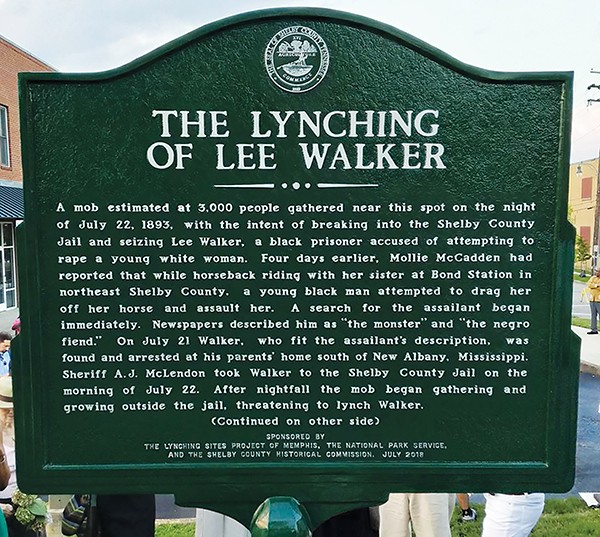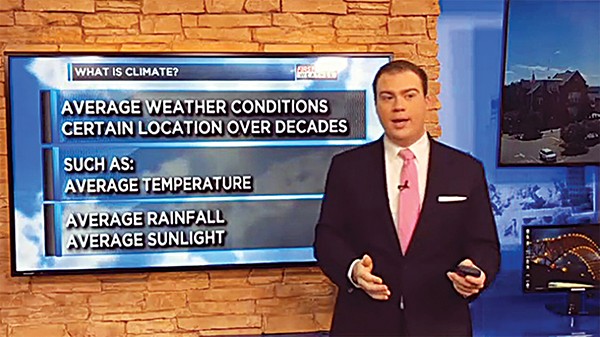“If you hate democracy and think local governments should operate unchecked and in the dark, then today is a good day for you.”
That’s a tweet from New York Daily News editor Jim Rich, in response to his newspaper’s management’s announcement Monday that it was cutting the paper’s newsroom staff in half, leaving the DN with just 45 reporters and editors. Rich was among those who got the ax.
The Daily News owners, the Chicago-based Tronc, announced in a staff memo that it would refocus its remaining staff on breaking news about “crime, civil justice, and public responsibility.” Whatever that means.
It’s become an all-too-familiar story in recent years, as daily newspapers around the country get squeezed for profits by out-of-town corporate owners. Most newspapers are now about as local as your nearest Walmart.

The Denver Post is another example. The newspaper’s owner is “vulture capitalist” Randall Smith, whose company, Digital First Media, also owns major daily papers in St. Paul, San Jose, Orange County, California, and elsewhere. Smith’s “business model” is to lay off massive numbers of editorial staffers and wring profits from the shell of what’s left. His 17 percent profit margin is the envy of the industry. His company’s newspapers are pathetic.
Closer to home, the Gannett Company has stripped The Commercial Appeal newsroom back to a small cadre of journalists and editors, most of whom you’ve never heard of. The paper still does some excellent reporting (see its recent election preview coverage), but too often it’s stuffed with Nashville-centric copy and odd non sequitur stories from around the country. Last week, for instance, readers were treated to a big story in the weekly entertainment and dining section about the Homegirl Cafe … in Los Angeles, complete with an “if you go” info box.
And the Flyer‘s alt-weekly compatriots around the country are not immune to corporate pressures either. Many have been corporately “chained” and, for the most part, have suffered mightily for it. Even local ownership can be perilous. At the Nashville Scene, once a proud and vital journalistic force in the state capital, new owners have forced out several respected writers, reporters, and editors, and the paper’s future direction and prospects are in question.
Even so, all is not lost. Some papers have figured out a business model that works. The New York Times and Washington Post are doing fine; paywall revenues have largely replaced advertising as their primary source of funding. But will that model work for papers that aren’t national in scope? We may soon find out.
Here in Memphis, for example, a new, much-discussed journalism venture is on the horizon — The Daily Memphian — staffed with a plethora of Commercial Appeal ex-pats, including Geoff Calkins, Jennifer Biggs, Chris Herrington, and many other familiar CA bylines. It will be run as a nonprofit with a paywall and charge $7 a month for access. There will be no print product.
Other news options hereabouts now include the Tri-State Defender, the Memphis Business Journal, and the Memphis Daily News. None of these publications are free.
In a poor city like Memphis, where 49 percent of the population doesn’t have broadband access, we at the Flyer believe having a free news option is important. Being able to pick up a free paper all over town means that access to news and information is available to anyone. Our website is free, as well. That’s been our philosophy for almost 30 years, and we’re sticking with it, thanks to our advertisers, who recognize that our 90-percent-plus pickup rate means their ads are being seen by tens of thousands of Memphians each week — and our hands-off local owners.
This year, we’ve launched a series we call the “Justice Project.” Thus far, we’ve published JP cover stories on food deserts, wealth, poverty, race, and the city council’s secrecy, with three more to come in 2018, including a story tentatively titled “Information Justice,” that will take a look at how Memphians get their news, and how that process is affected by their education and poverty levels.
We’ve also begun a “Frequent Flyer” membership program to help support our journalism (support.memphisflyer.com) and help keep it available for all, even those who can’t afford anything but a literally free press.
The Memphis media landscape is in flux, but I’m hopeful that all these options — old and new — will help keep the city’s residents informed and enlightened, because the fewer of us who are left “in the dark,” the better off we all are.

 Lynching Sites Project
Lynching Sites Project 


 John Pickle
John Pickle 

 Anna Sedneva | Dreamstime.com
Anna Sedneva | Dreamstime.com